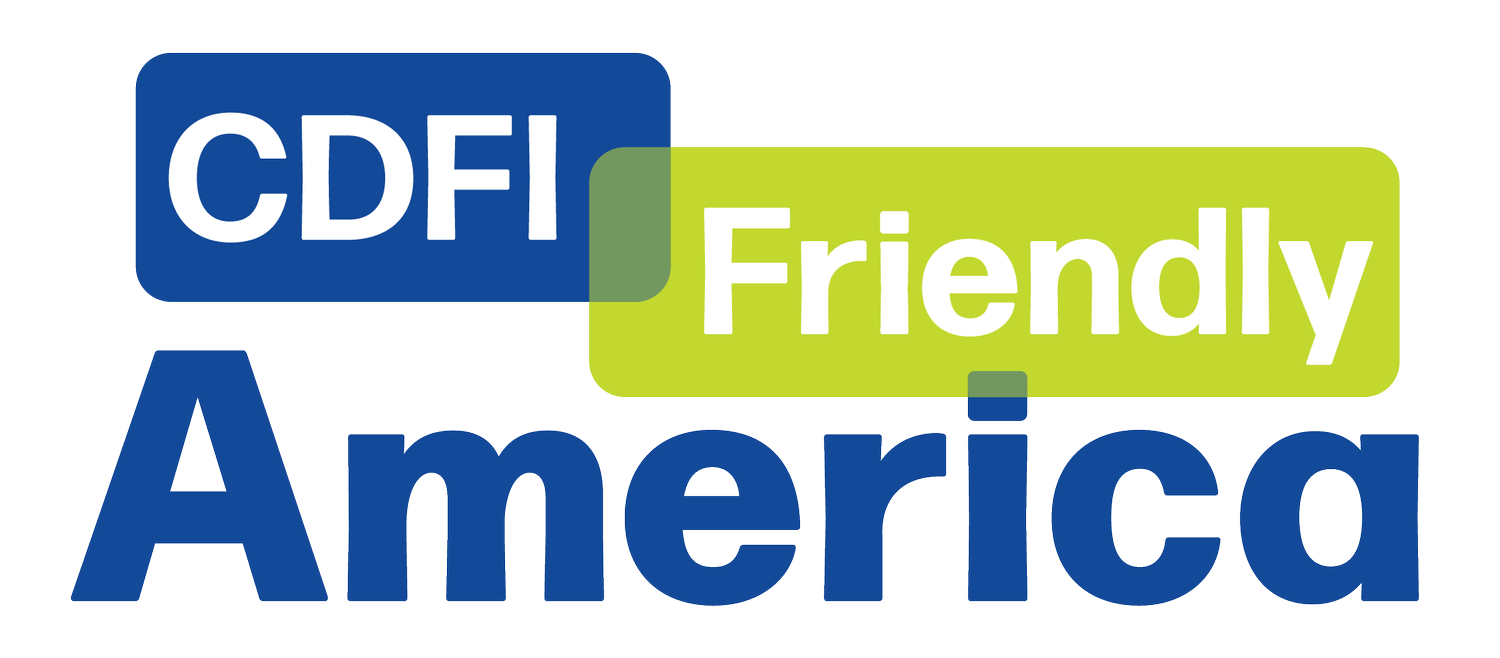Figuring Out the Greenhouse Gas Reduction Fund
Both the scale and scope of the Environmental Protection Agency’s (EPA) Greenhouse Gas Reduction Fund are overwhelming. CDFI Friendly America wanted to understand it, so we hired Nathan Lesch for the summer of 2024 to summarize it. We think you’ll find it helpful, too. Nathan recently completed his Master of Public Policy degree at Georgetown University and will start work in the Fall on his Ph.D. in Political Science at Columbia University.
Nathan has done deep research into GGRF. We want to share more information with you as it becomes available. Let us know your questions and we’ll try to get answers. Write to us at info@cdfifriendlyamerica.com.
The Greenhouse Gas Reduction Fund (GGRF) is a $27 billion program created by the Inflation Reduction Act and administered by the Environmental Protection Agency (EPA). It aims to reduce greenhouse gas emissions, target benefits to low-income and disadvantaged communities, and mobilize financing for clean energy projects.
Earlier this year, the EPA awarded funding to an array of CDFI-centered organizations. Right now, the EPA and the awardees are working on finalizing the funding agreements, which we expect will materially influence how the program works.
GGRF is divided into three parts:
National Clean Investment Fund (NCIF) ($14 billion): intended to catalyze the development of enduring green energy markets and to provide financial assistance to aid in the deployment of green technology projects.
Clean Communities Investment Accelerator (CCIA) ($6 billion): meant to provide grant capital to support distributed energy, net-zero buildings, and zero-emissions transportation projects.
Solar for All (SFA) ($7 billion): focused on funding rooftop solar in disadvantaged communities with/through state and local governments.
The EPA expects the GGRF to reduce greenhouse gas emissions by up to 40 million metric tons. GGRF is the single largest investment of its kind in U.S. history, but just a start in the context of the climate crisis. The U.S. produces 6,343 million metric tons annually.
GGRF is crucial given the significant threats to our environment, to public health, and particularly to low-income and disadvantaged communities. Black and African American people in the U.S. are 40% more likely to live in areas with the highest increases in heat-related deaths due to climate change.
Focus on the Clean Communities Investment Accelerator (CCIA)
While CDFIs will play important roles in all three GGRF programs, the CCIA will be the main point of contact for most CDFIs. (For that reason, this post focuses on the CCIA—you can expect similar summaries from us about the other programs soon, though!)
Five CDFI-centered organizations will act as "hubs" (intermediaries) to provide funding and technical assistance to CDFIs and other community lenders across the U.S.
Each recipient has a unique strategy for distributing funds:
Opportunity Finance Network: OFN, which received a $2.29 billion award, will disperse CCIA funds to CDFIs and community lenders, targeting a 3:1 private capital ratio (meaning that for every $1 of CCIA funds OFN deploys, they believe that their network can raise an additional $3 in private investment), through its CLIMB program. OFN expects to accept semi-annual applications from members, focusing on capital deployment, technical assistance, and management capacity.
Inclusiv: Targeting credit unions, Inclusiv, which received $1.87 billion, plans to provide funding as sub-grants or subsidies for CCIA-eligible projects in low-income areas. It aims to commit 90% of its award within three years, offering fast-track options for experienced lenders and learning tracks for new ones.
Justice Climate Fund: JCF's plan centers on its Green Lender Certification Program, which is meant to prepare community lenders to deploy funds. It includes a four-year timeline, tailored funding for different-sized lenders, and phased distribution. JCF was awarded $940 million.
Appalachian Community Capital: ACC, which received $500 million, plans to focus on their Green Bank for Appalachia, Energy Communities, and Underserved Rural America initiatives. It will use subgrants, funding subsidies, and technical assistance to support projects in underinvested rural areas. ACC aims to distribute 75% of its award in the first year.
Native CDFI Network: With their $400 million award, NCN is aiming for all 63 lenders in its network to offer clean energy financing products by 2026. NCN plans to accomplish this by helping its members adopt proven green lending practices.
CCIA uses a customized definition of “community lender” that is broader than the CDFI Fund’s requirement for CDFI certification:
Eligibility: Community lenders must be public, quasi-public, not-for-profit, or nonprofit entities providing financial assistance at the state, local, territorial, or Tribal level.
Funding Caps: Typically, community lenders can receive up to $10 million in capitalization funding through GGRF and up to $1 million in technical assistance subawards.
Project Types: Eligible projects include distributed energy generation and storage, net-zero emissions buildings, and zero-emissions transportation.
Focus on Disadvantaged Communities: 100% of CCIA funds are dedicated to low-income and disadvantaged communities
Current Status and Timeline
The EPA and the awardees are working to finalize their agreements. In the coming months, we will learn more about how each awardee will use its funding, including funding granted to community lenders.
In the meantime, what questions do you have about the GGRF? Or about the CCIA? At CDFI Friendly America, we have been compiling and synthesizing information about the GGRF and would be happy to provide more detailed information about the program. You can write to us at info@cdfifriendlyamerica.com.

